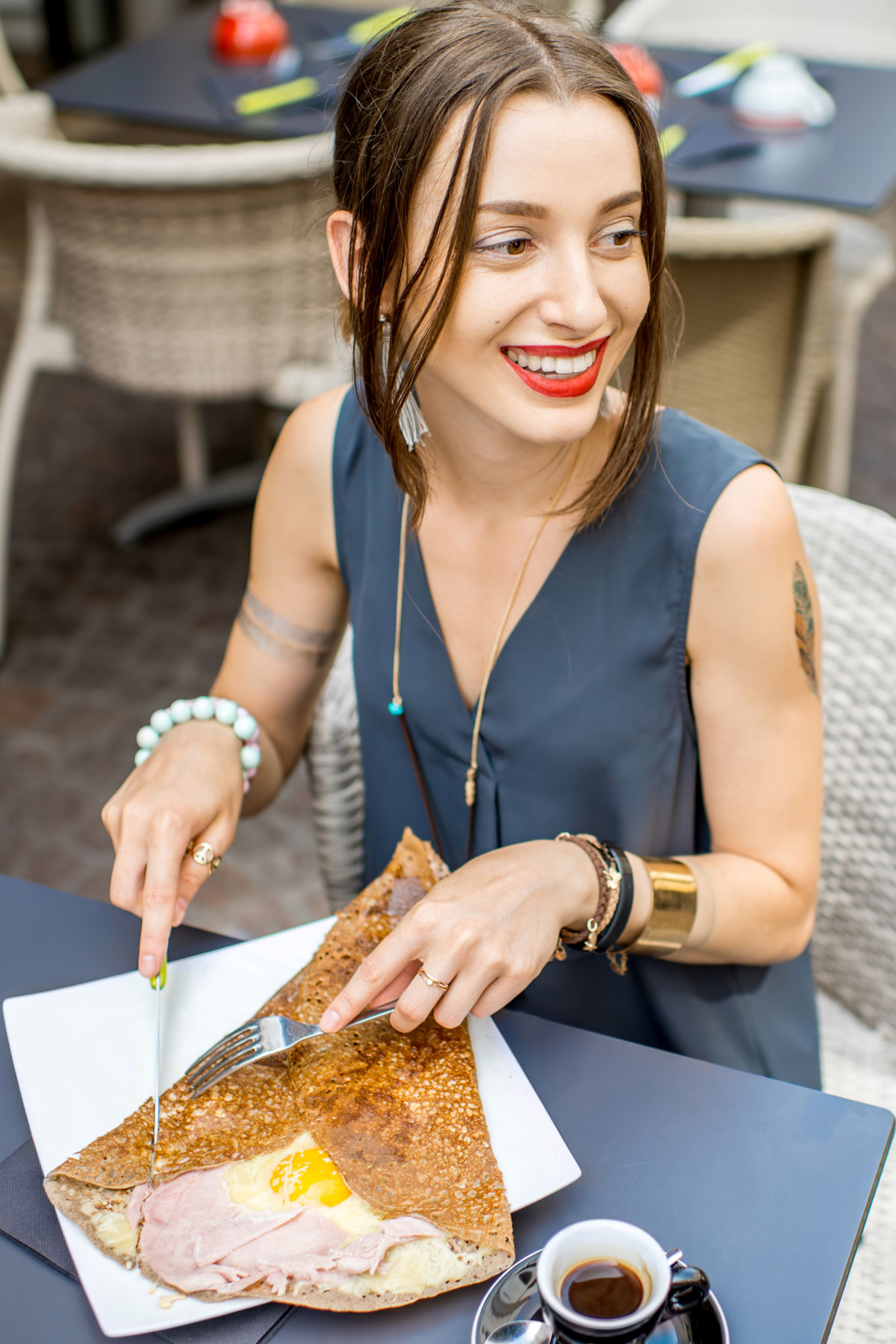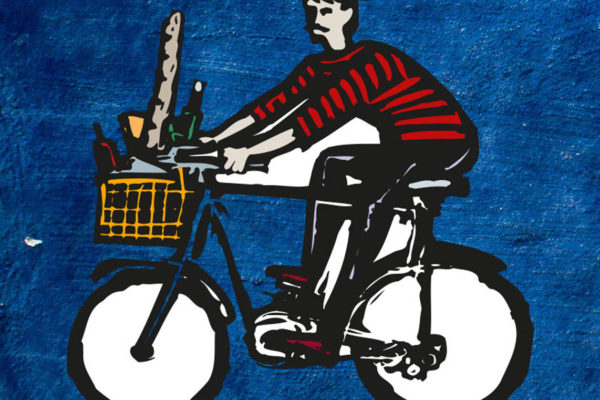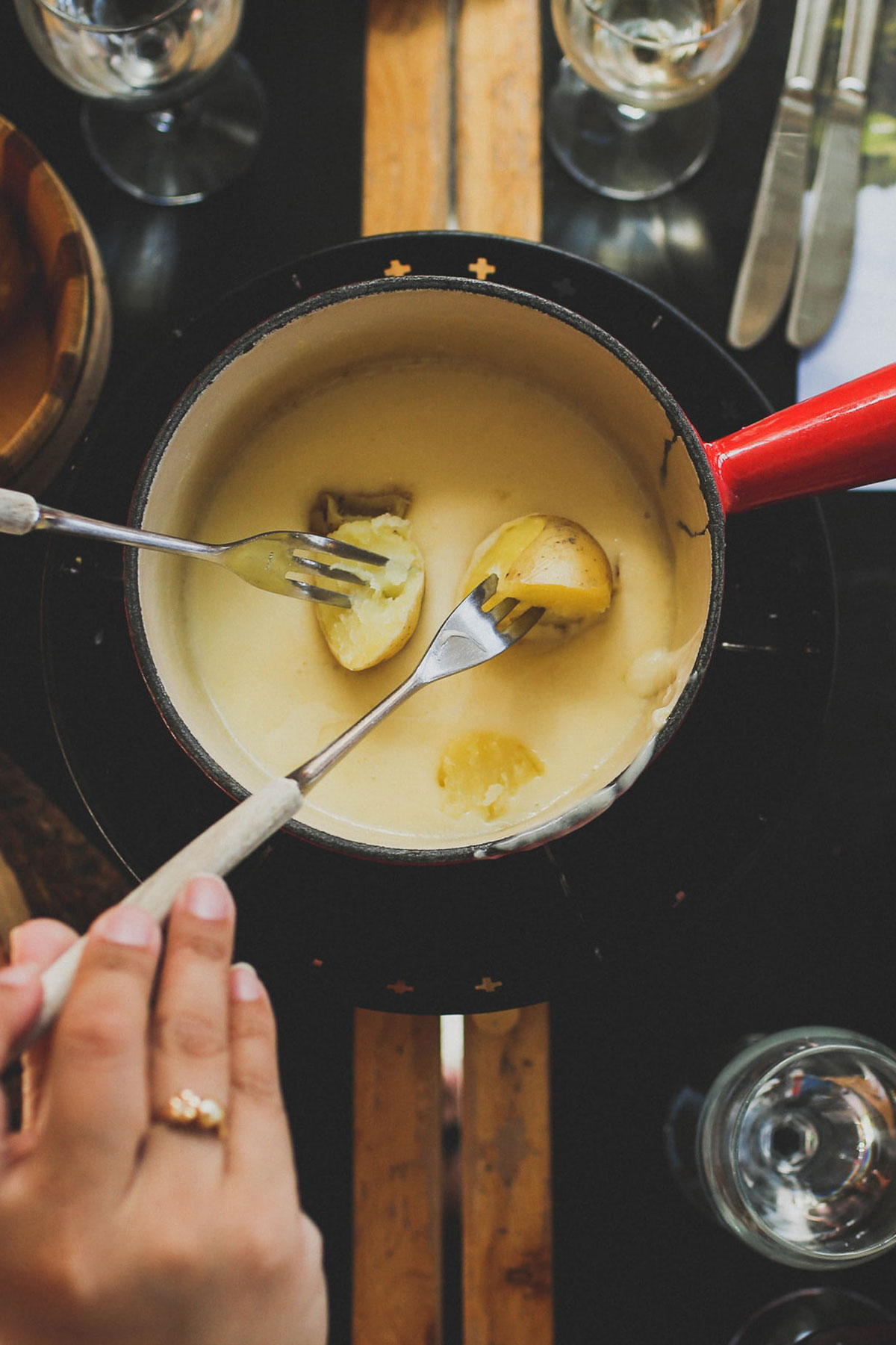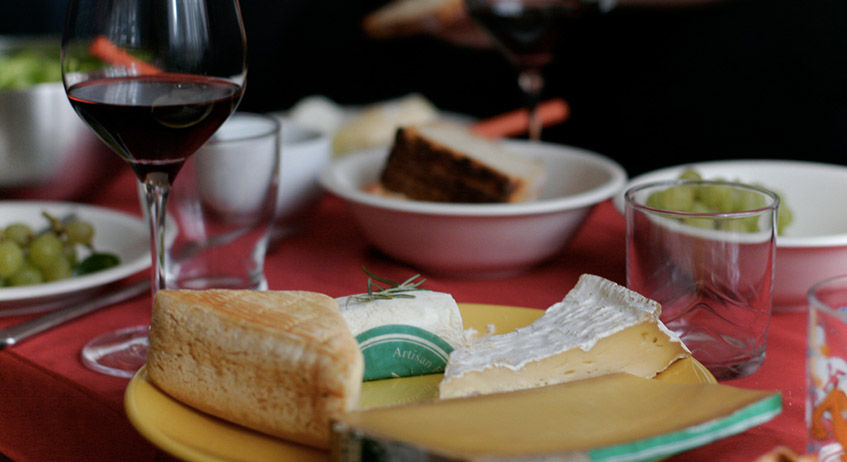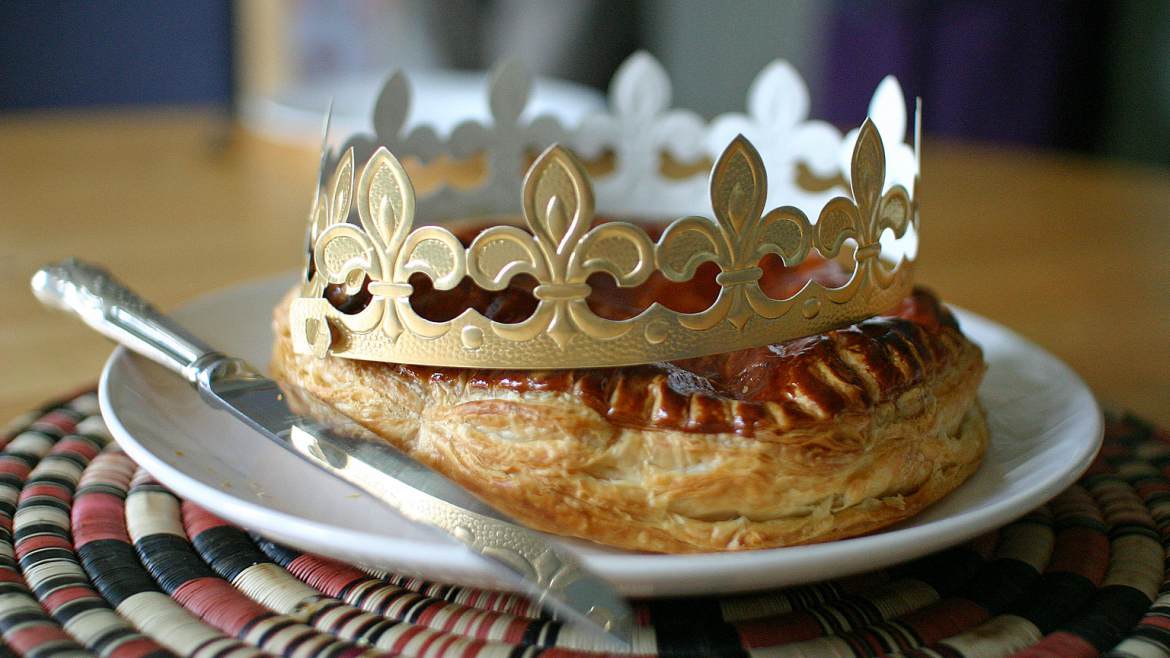
France has no time for your January-based privation nonsense
January, urgh. The Monday of the months. The least-popular, last-picked, only-gets-invited-because-its-Mum-begged reject of the calendar. It’s cold, it rains, you’re skint, full of mince pies and very possibly wine-based regret. You go back to work and there’s a string of tinsel on your monitor, mocking you with the gaping chasm between anticipation and reality. Happy New Year.
So what to do? Become a better person, that’s what. The sort of person that doesn’t wake up and immediately stuff cheese and prosecco into their mouth. Give up booze for a month, hit the gym and cut back on the lard. Fix your overindulgence with an extreme swing in the opposite direction. Cold turkey after all the, well, turkey dinners, turkey sandwiches, and turkey-flavoured crisps. No point in complaining though, this is what January’s all about, isn’t it? The purge after the binge?
(British people in January)
Well, not everywhere. Because looking around I don’t see self-flagellation of quite the same degree in France. Sure there are adverts for weight loss programs, and doubtlessly gym memberships peak, but there’s not a whisper of alcohol abstinence (my first and only Drynuary in France was met with polite “Pourquoi’s?”). And not only are the French not beating themselves up with the vigour of masochist in a torture museum, they’re even prolonging Christmas festivities well into January by spending the whole month eating cake.
(French people in January)
And not just any old cake: a rich, buttery one with a mystery prize inside, presented with a golden crown on top and which you really must wash down with a glass of cider. (How does your January diet sound now?)
I’m talking about the galette des rois, a cake – or perhaps more of a tart – that is eaten to mark the Epiphany, the Christian festival celebrating the magi visiting the newborn Jesus 12 days after Christmas Day, or approximately the first weekend in January. It’s tradition in France to share a galette with family and friends and, so popular is the cake, that it’s usual to repeat the occasion several times throughout January. That’s right, socially enforced cake eating.
To be clear, it isn’t just about the galette – delicious though it is – with its golden flakey pastry enclosing a rich almond frangipane centre. No, what makes it special is the fun ritual that goes along with it. Tucked away inside each galette des rois is a small ceramic figure – une fève. The galette eaters are competing for this charm.
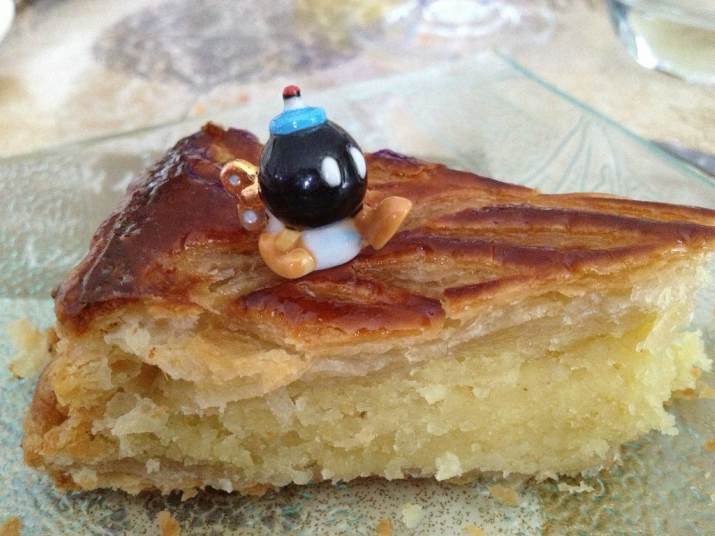
That’s right, there’s a toy in the cake. Think about that while you’re eating your salad.
Photo: Galette des rois by TVFRANCEJAPON / CC 2.0
The youngest child in attendance sits under the table while the galette is divided into portions for everyone. (Presumably if there are no children in attendance then it is not deemed necessary for adults to sit under the table but whatever floats your boat.) The galette-cutter holds up a slice and the child says who is to receive it; this is repeated until each portion has been attributed and the eating/charm excavation can begin. The lucky person who finds the charm in their galette, is crowned king or queen for the day. In theory this means everyone has to do whatever you say; in reality, it means you are the only one wearing a paper hat, like someone celebrating their birthday alone.
Not really because remember that the galette is eaten accompanied by cider – or champagne if you’re fancy – so by this point in the proceedings you’re probably quite into your role as royal for the day and are making jokes about not wanting to be guillotined because we’re in France and that’s never not funny.
So why not be kinder to yourself in this toughest of months? Cut back on the sauce and crisp sandwiches – sure – but maybe give yourself a Gallic-style treat at the weekend to help get through the winter. Mary Berry has thoughtfully provided an English-language recipe for galette des rois for home bakers. Enjoy! And, genuinely this time, HAPPY NEW YEAR!
Main photo: Galette des Rois by Steph Gray / CC 2.0


